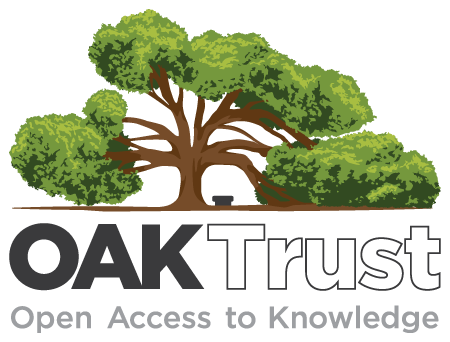Using Data to Build a Picture of Safety
Abstract
Process Safety Management (PSM) involves a number of key elements from a technical prospective ‘Plant’, operational management ‘Processes’ and the human element ‘People’. All major incidents can be traced back to the failure in the management of these elements and can be attributed to these elements being managed in silos. PSM plays an integral role in delivering efficient, reliable, cost effective and safer facilities. While PSM has been recognised by many in the Oil &Gas sector, PSM has evolved significantly over the past three decades. Citing key incidents such as Piper Alpha, Longford, Texas City and Macondo have lead regulators such as BSEE 250, EU Offshore Safety Directive 2013/30/eu, UK HSE Safety Case Regulations 2015 and COMAH 2015 to work with operators, industry bodies such as API, UKOOA, IOGP etc. and technology providers to find solutions that demonstrate an asset’s integrity and safe operating status. These various stakeholders are driving the need for standardisation in PSM yet are met with the challenge of data proliferation and growing complexity of relating data elements’ impact on overall safety status. Emerging as a standard method of conveying asset integrity health is the use of barrier models as a solid approach to improving PSM, resulting in more favourable safety outcomes. The following article is a case study that addresses the next generation of PSM leveraging, complex data, visualisation and the barrier model. Maximising utilisation of key data sources such as maintenance management systems, operating data control systems for the delivery of PSM enable standardisation in line with the aspirations from the likes of API with 754 Process Safety Key Performance Indicators, Energy Institute Process Safety Management Frame Work, IOGP 415 Asset Integrity and 456 Process Safety Leading Key Performance indicators. These are a few of the recent guidelines created in response to the need to improve both understanding at all levels of the sector and enable means to measure the effectiveness of the PSM. The following deals with one of the most difficult areas of PSM, the demonstration of the effectiveness of mitigation control measures applied when part or parts of an operating envelope are compromised. This could be a defective safety critical escalation control barrier, lack of competency in the operating team or a design that fails to deliver and work arounds having to be introduced to maintain safe operations.
Description
PresentationSubject
Process Safety ManagementCollections
Citation
Ward, Alfred; Mostert, M. (2016). Using Data to Build a Picture of Safety. Mary Kay O'Connor Process Safety Center; Texas &M University. Libraries. Available electronically from https : / /hdl .handle .net /1969 .1 /193668.


